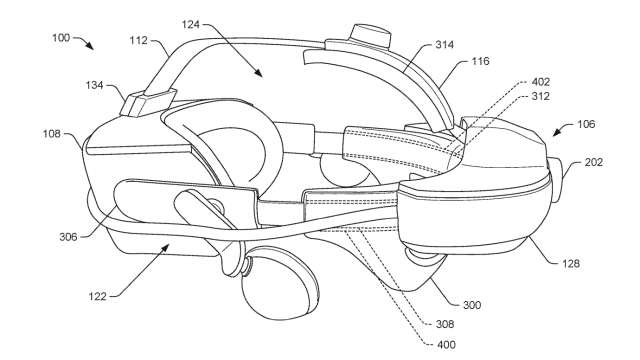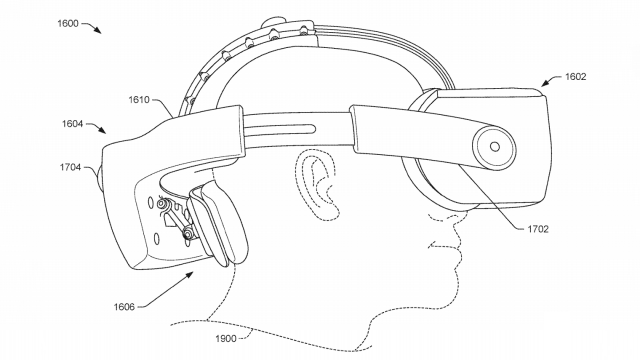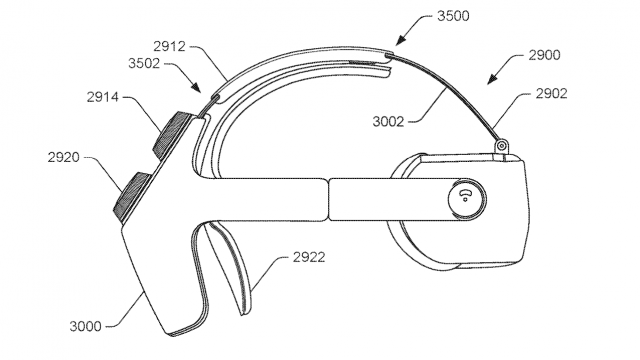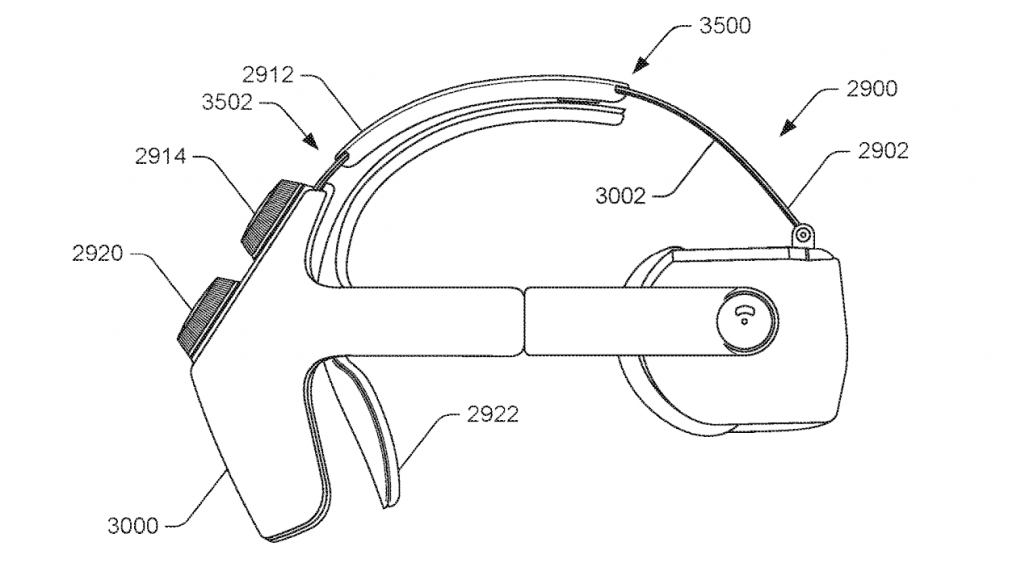A newly published patent granted to Valve envisions new Index headsets that could be wireless or standalone, and include new head-mounts for improved ergonomics.
Initially filed back in September, 2020, more than a year after the launch of Valve’s Index headset, a patent published today gives us a glimpse of some of Valve’s thinking about potential next-gen Index headsets.
The patent covers a lot of ground, ranging from wireless and standalone versions of the headset to new ergonomic approaches aimed at making easier and more intuitive adjustments for comfort. While patents aren’t a guarantee that a company is actually building a product, the new patent shows that Valve has been thinking in detail about the designs described therein, right down to the specific way that cables and straps would move and fold as the headsets are adjusted.
The patent appears to show three major versions of an Index-like headset, all of which include a large section on the rear of the headstrap which the patent says could contain hardware for operating the headset either wirelessly or in a standalone fashion.

The first version looks the most like the original Index, but with a bulky rear section and a new dial on the top strap with a stiffened section designed to make the headset’s straps easier to adjust.

Another version has a more sleek looking rear section on the headset, out of which a spring-loaded pad protrudes for gripping underneath the occipital bone.

The third version of the headset seen in the patent has a rigid pad for gripping the occipital lobe, along with two dials, on the same plane, for adjusting the side and top straps.
In the latter two cases, it would appear that an objective of the design, beyond being more comfortable, may be to make room for wireless or standalone components that are kept somewhat away from the user’s head, potentially in order to facilitate heat dissipation. Cooling is a major challenge in both wireless and standalone headsets given the proximity to the user’s head. Keeping a rear section of the headset away from the user’s head brings increased surface area for heat dissipation, which could enable better performance that would be possible if the module was directly adjacent to the user’s head.
– – — – –
While there’s no indication yet that any of these designs will see the light of day, the fact that the patent was filed in the latter half of 2020, well after the launch of the original Index in 2019—and the level of detail on display—suggests that Valve is still actively doing research & development on VR hardware.
Thanks to Ilja Z and Cat Noir VR on Twitter for pointing the patent our way.







